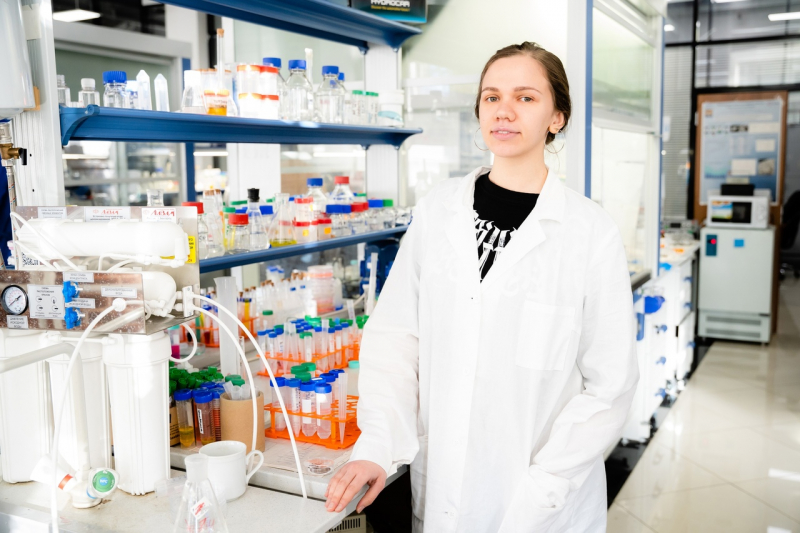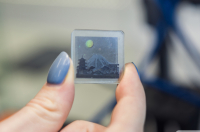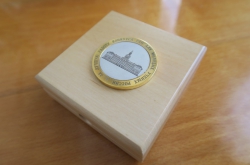The research was conducted in collaboration by the staff of ITMO’s Infochemistry Scientific Center and the university’s School of Physics and Engineering. As Anna Nikitina and Valentin Milichko, authors of the study, explain, the main idea was to combine the technology used to synthesize controllable nanomaterials, which the School of Physics and Engineering has been developing for some time now, with advances in the field of biointegrable polymer complexes.
“From a chemical perspective, it was very interesting to create a new material using silicon particles and a series of equally-charged macromolecules – polyelectrolytes. This is a non-trivial task for polymer chemistry. We were able to substantiate the behavior of polymers in complexes of this kind from the chemical point of view. This, in turn, gave physicists the opportunity to achieve specific optical effects,” explains Anna Nikitina, a staff member at ITMO’s Infochemistry Scientific Center.
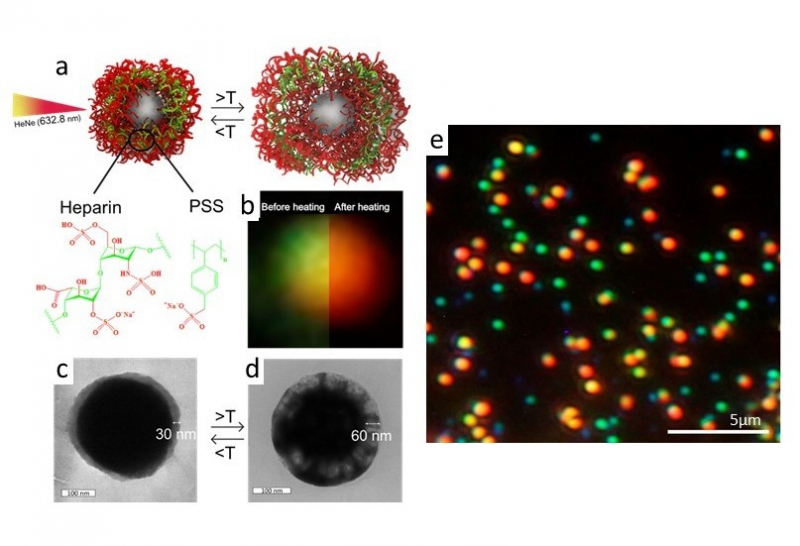
The methodology of nanoparticle control has already been tried and tested – the issue can be in adapting it to medical and biological applications:
“The concept of controllable nanomaterials, in terms of physics, has been solved long ago,” explains Valentin Milichko, a senior researcher at the International Research Center for Nanophotonics and Metamaterials. “But as soon as we consider using smart materials within living organisms, we are faced with the issue that all existing materials are quite toxic. This research tackled the challenge of creating fully-biointegrable materials that would still be controllable. That would be beneficial for sensor systems, such as the ones used to analyze internal processes in organisms or biological structures.”
The invention in question is composed of a silicon core, which reacts to heat, and a biopolymer shell that includes heparin (a polysaccharide that’s actively used in regenerative medicine and targeted drug delivery) and sodium polystyrene sulfonate. The main issue was that the potential for the use of heparin within heat-sensitive surfaces had not been fully studied.
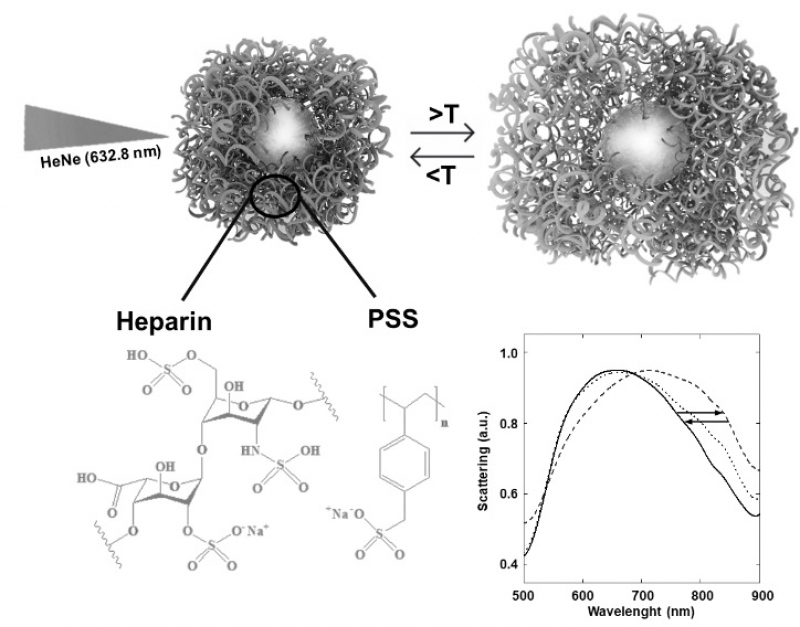
Another feature of the system is that the substances that make up the shells possess different hydrophobic/hydrophilic qualities, making it possible to make the particles contract or expand depending on external factors.
“We expect that initially, the polymer macromolecules are adsorbed onto the surface of silicon particles by the hydrophilic segment. Then, when the particle is heated up, the molecule starts to move, prompting the shell to expand. This effect is the result of the hydrophobic/hydrophilic interaction between these molecules: when they turn their hydrophobic parts towards each other, they repel each other and thus the polymer section becomes larger,” says Anna Nikitina.
The nanoparticles change both shape and color under thermal influence. They can be used, for example, to perform non-invasive local temperature measurements in biological tissues. The new controllable systems can also be used to create thermo- and light-controlled dyes akin to liquid-crystal modulators. Changes in the color of the particles occur solely due to structural transformations.

“The main advantage of such systems is that they’re quite easy to work with. Our controlled particles can collect data from within an organism without the need for additional complex devices such as ultrasensitive spectral sensors that detect shifts in, for example, plasmonic resonances.. A simple change in color allows us to easily monitor what’s happening to the particle in real time. The technology is multi-use, too: each particle can be turned on and off several times,” adds Valentin Milichko.
The researchers have been developing these controlled systems for three years, during which they experimented with various sizes and spatial characteristics of the nanoparticles, as well as searched for polymers that would exhibit the desired performance. For now, the systems’ efficiency has been confirmed only in laboratory conditions. The next step in the study will be in vitro testing. But the researchers emphasize that they’re suggesting a concept – how it’s going to be implemented in the future is another matter entirely.
Anna A. Nikitina, Valentin A. Milichko, Alexander S. Novikov,Artem O. Larin, Proloy Nandi, Utkur Mirsaidov, Daria V. Andreeva, Mikhail V. Rybin, Yuri S. Kivshar, Ekaterina V. Skorb. All-Dielectric Nanostructures with Thermoresponsible Dynamic Polymer Shell, Wiley-VCH, 2021/10.1002/anie.202101188
